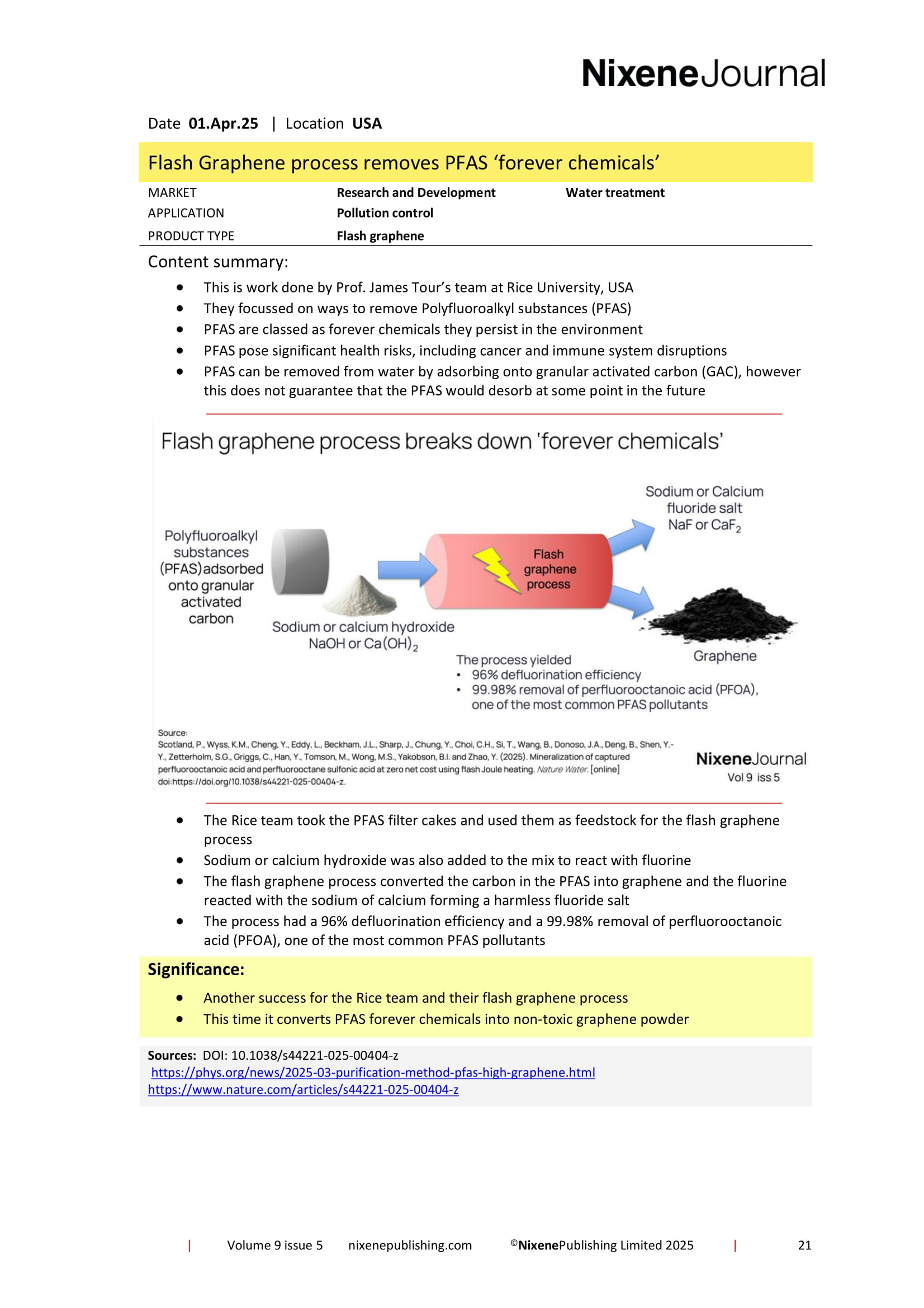Journals
This product is relevant to the following:
Material:
Other:
, ,Locations:
Markets:
Applications:
Product Types:
Technologies:
Related products
-
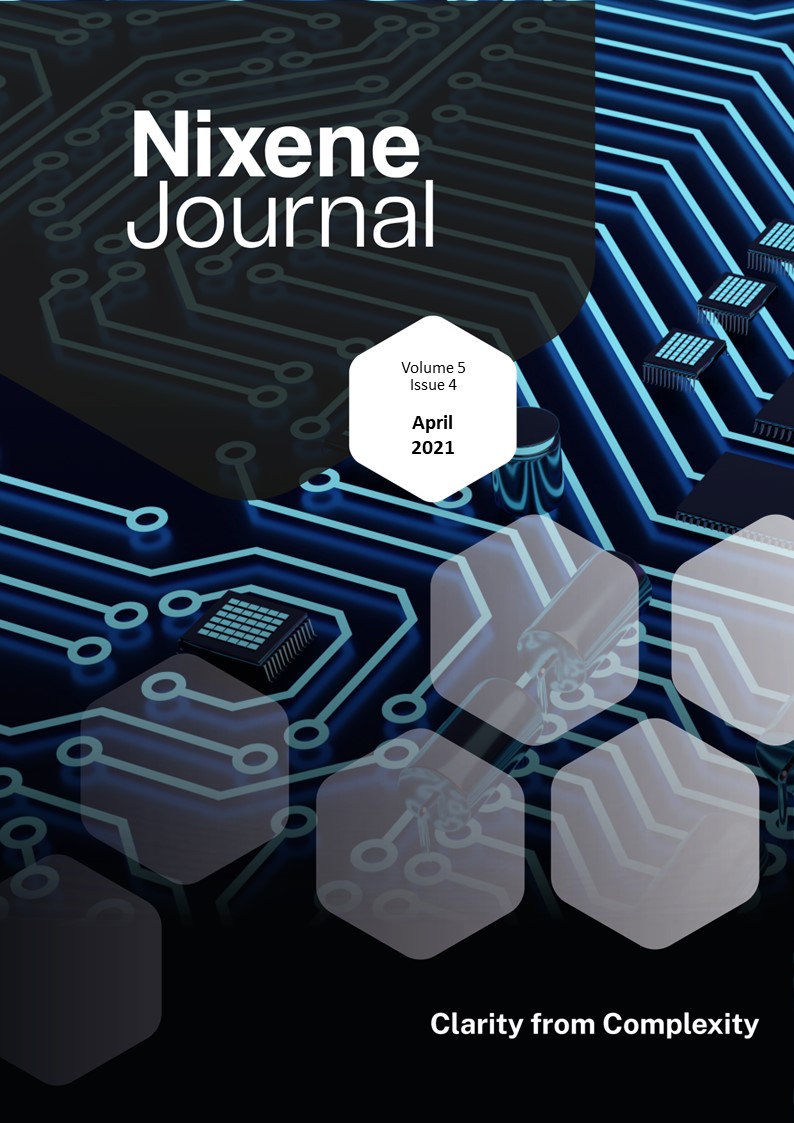
Vol 5 Issue 4
I need to start this month’s issue with a correction. In the last issue (Vol 5 iss 3 p.13) I stated that Kostya was moving from Singapore to Russia. Thanks to our rather well-informed readership, I have been told that Kostya is indeed taking up the position of head of the Brain and Consciousness Research Centre in Moscow, Russia. However, he is not leaving the National University of Singapore. Onward with our usual Accuracy, Brevity and Clarity. Normal ABC service resumes. This month we had a meeting with Prof. James Tour and the GEIC. Thanks Debbie. The work on Flash Graphene (FG) is advancing faster than we realised. Prof. Tour testified to Congress about the benefits graphene can bring to buildings and infrastructure in the USA. He testified to Congress in 2017 and now said “Four years later I’m here to report that the future has arrived” (see page 21). You will know that FG can be made from anything that contains carbon. Waste plastic is a favourite (Vol 4 iss 8 p.9). We learned that Flash Graphene can now also be made from furnace black, the by-product from the leading ‘green’ manufacturing process for Hydrogen (see page 22). The Rice University laboratories and spin out company, Universal Matter, are working on the production of Flash Graphene. The pace is fast. Every nine weeks doubles the scale at which FG can be made. Flash Graphene is something we’ll watch closely. If the team can continue to scale up the process it has the potential to make many other methods for making graphene powders obsolete. We have three special features this month. A review the state of the industry for manufacturing large scale sheet graphene, and interviews with two graphene company business leaders, Maví Figueres and Dylan Banks. Such is the pace of change, while we were writing the special feature, General Graphene sent samples of their monolayer and multilayer graphene to the International Space Elevator Consortium (ISEC). The samples will be sent to the International Space Station (ISS) for testing. We have the first pictures of these large-scale graphene samples in this issue (see page 29) It is worth noting that Graphene has gone from impossible to industrial in just 17 years. Astonishing. Other things to draw your attention to include an emerging controversy with graphene facemasks in Canada (see page 30) and new perovskite 2D materials start to feature in this issue. You’ll discover more as you read on. Adrian Nixon, 1st April 2021£45.00 View product -
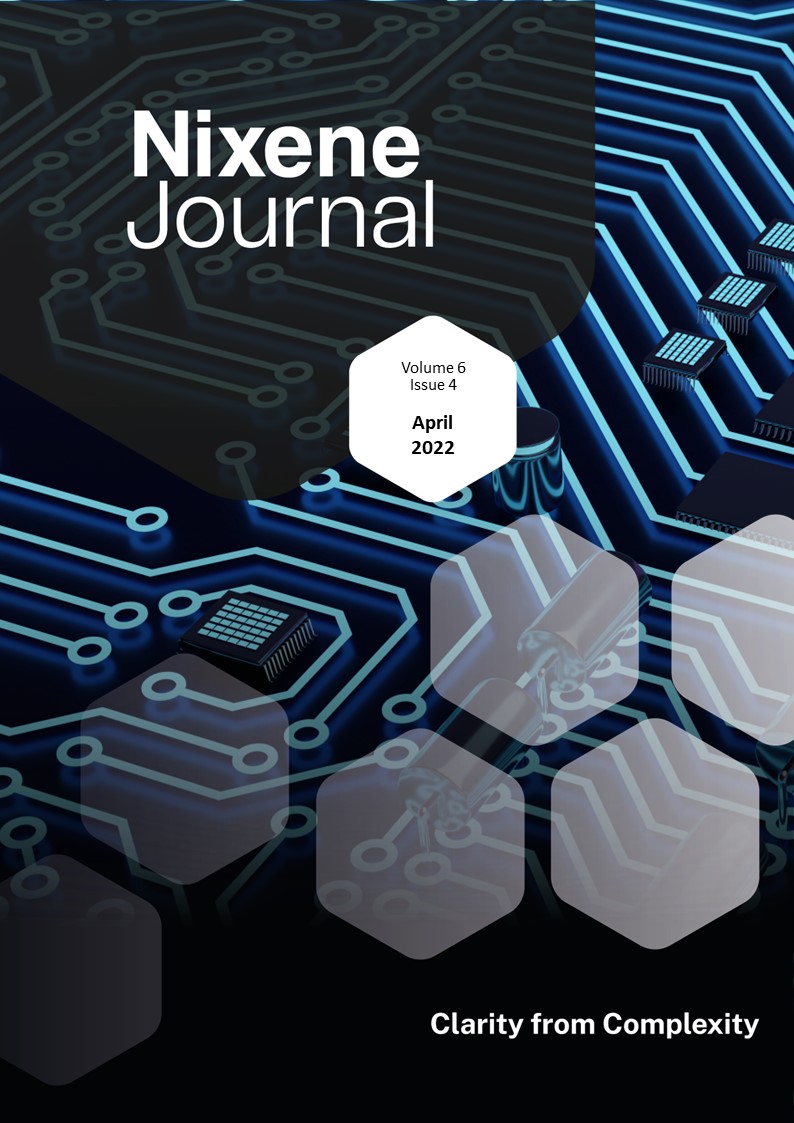
Vol 6 Issue 4
We begin this month with a review of a new book by James Baker and James Tallentire – “Graphene: The Route to Commercialisation.” This book will be released later this month and well worth a read. It is part history of the graphene story and part how-to-guide to create a sustainable innovation ecosystem for new advanced materials. Graphene composites are making the news. The graphene-asphalt road trials in the UK have produced successful results. Oxfordshire County Council reports that graphene-enhanced asphalt improves the life of the road surface by 70%, and graphene enhances the stiffness of the surface, making it less prone to rutting. Another trial is underway on a 700m stretch of road with heavier traffic to see if similar benefits are reported. Korea is experimenting with graphene-metal composites to build new power lines for its electricity grid. The national power company announced a research project to enhance the power transmission capacity of the country’s energy distribution network. On a smaller scale, researchers in the USA are using graphene oxide scaffolds to create new bone using stem cells. Graphene oxide has been making more appearances on social media. Reuters felt compelled to investigate claims that graphene oxide was being put into ibuprofen tablets. Their conclusion was that these are false claims. Elsewhere, rather serious accusations are starting to emerge about one of Canada’s biggest graphene companies. Zentek (previously Zen Graphene Solutions) has been accused of unethical business practises. Prof. Rodney Ruoff’s group in Korea have been working with teams in Saudi Arabia and China to make large area single-crystal graphene. They used the chemical vapour deposition (CVD) process but allowed graphene to diffuse into the copper metal close to its melting point. This grew the graphene at the interface between the metal and a sapphire substrate. They added another clever step by diffusing nitrogen into the copper then rapidly heating the sample. This caused the nitrogen to expand, blowing off the copper, leaving the graphene exposed and undamaged. We can expect the team to speed up and scale up the process over the coming years. This team is one to watch. There are many more things to watch out for in this issue, dear reader. I will delay you no longer and let you dive into this month’s carefully curated content… Adrian Nixon, 1st April 2022£45.00 View product -
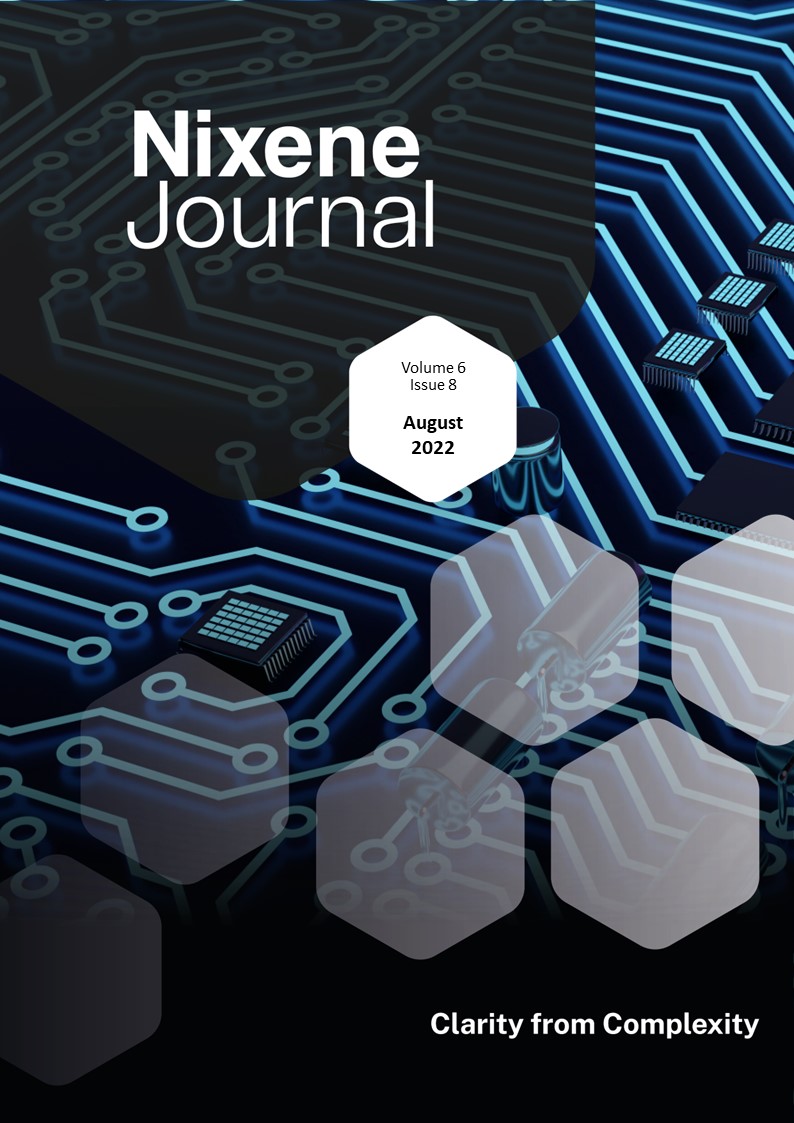
Vol 6 Issue 8
Graphene enhanced concrete features several times this month. It seems that the world is starting to pick up on the environmental benefits. A new reservoir dam is under construction at Almudévar, northeast of Zaragoza in Spain. Graphenea and the University of Madrid have a graphene enhanced concrete trial on site. The trial is on non-structural components as you would expect for a new material on a critical project. The early results are showing that the addition of graphene will make the concrete last 50% longer. The Almudévar project would be notable just for this. What is interesting is the reaction of the leadership of the construction company, Lantania Group, building the dam. "This new additive is undoubtedly a step forward in improving the sustainability of infrastructures. By increasing its durability, we will be able to make concrete a more environmentally friendly material," Federico Ávila, President of Lantania When the top management of big construction companies start to make public statements like this, we know that things are starting to change. Another development with a sustainable theme is the industrial pilot scale recycling of end of life lithium-ion batteries from electric vehicles. The Hydrovolt plant in Norway can already recycle 12,000 tonnes of battery packs each year. The company reclaims 95% of the plastics and metals but the graphite electrodes were a waste stream. Graphmatech and Graphenea have collaborated to take the graphite waste and upcycle it into graphene oxide. This is a very encouraging development. Moving from graphene powders to large area sheet graphene, we have a special feature this month exploring the new material that will emerge in the foreseeable future. This is a Van der Waals homostructure of multi-layer large-area sheet single-crystal graphene. We propose a new name for this material; Graphene Super-Laminate (GSL). We will explore the properties of GSL in future issues, it promises to realise the full potential of graphene’s superlative properties. In this issue we start to see this new material being considered as the last piece of the puzzle for a world changing technology – the space elevator. Visions don’t come much bigger than this, and it just might be that graphene could play a key role in making this happen. You can find out about this and more in this issue, dear reader. Adrian Nixon 1st August 2022£45.00 View product -
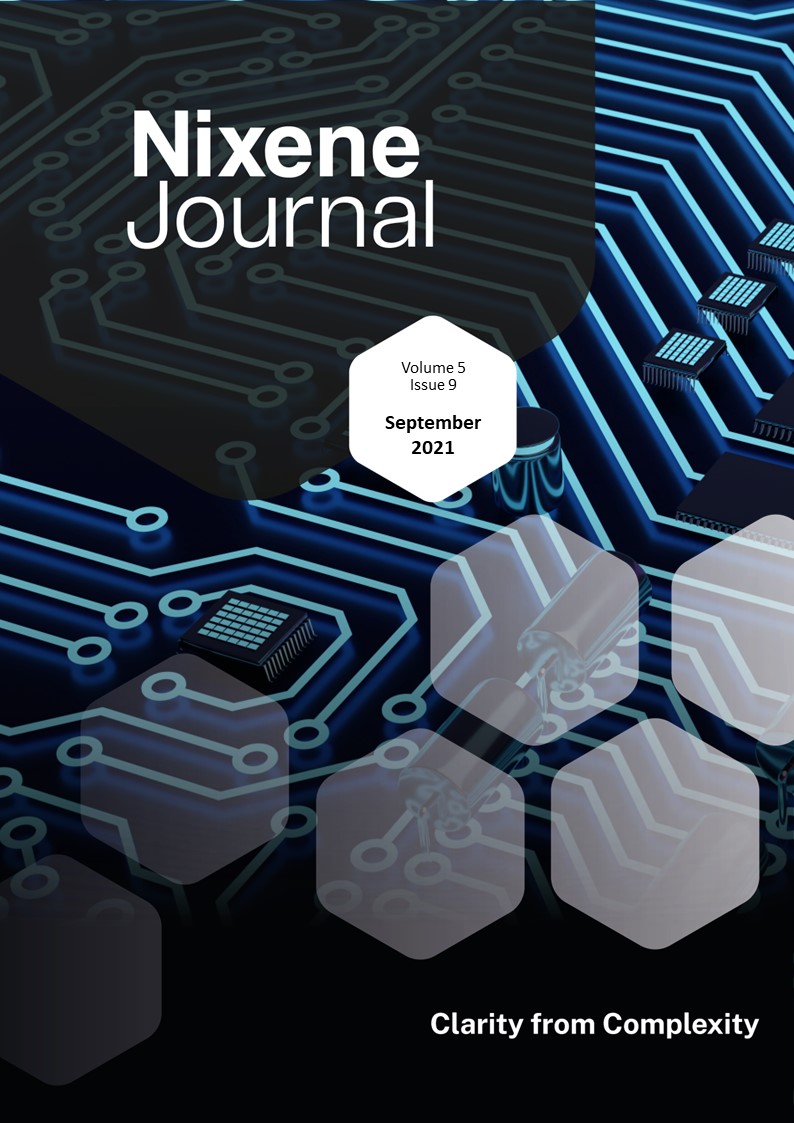
Vol 5 Issue 9
At the time of writing the Paralympic games are still in progress in Tokyo. The able-bodied Olympic games in Tokyo has ended and details of the technology behind some of the medal winning performances has leaked out. Graphene has been playing a role in these games. The gold medal for archery was won by Korea with their athlete using graphene from Standard Graphene to enhance the polymer composite bow. The Women’s cycling produced two gold medals for the Netherlands with the winner using Directa Plus graphene ink in the clothing to maintain optimum heating. Haydale worked with the British team to create a similar wearable technology with its graphene inks for British medal winners. The technology is secret at the moment but we can expect a trickle-down effect to spread graphene further out into the sports market. We have three special features this month. Our Women in Graphene series continues. Debbie an interviewed Akanksha Urade, from India. We noticed Akanksha’s work on our social media feeds, she has a gift for explaining complex subjects in a clear and concise way that shows she really understands the science. This matches our ABC approach (p.6) and we respect her talents, well worth a read. Debbie also interviewed Dr. Chris Griggs of the US Army ERDC. They have been excited about the potential for graphene for some time now and are actively exploring several avenues of development. They are working with Universal Matter who are developing the flash graphene process from Prof James Tour’s lab at Rice University. They also have a strong interest in the removal of toxins from wastewater and they have an increasing interest in graphene and infrastructure applications, particularly with concrete and asphalt. I interviewed the leadership team behind the world’s first application of unreinforced graphene enhanced concrete. The GEIC and Nationwide Engineering have made a quantum leap in the application of this technology that they call Concretene. Concrete can not only be made stronger, so less is used, but graphene also helps the concrete achieve its final strength much faster than anyone expected. We suspect there are more benefits waiting to be discovered from these trials. There is so much more happening in the world of graphene and 2D materials this month. I have run out of space to summarise here so I’ll encourage you to dive into this packed issue and explore further. Adrian Nixon, 1st September 2021£45.00 View product

